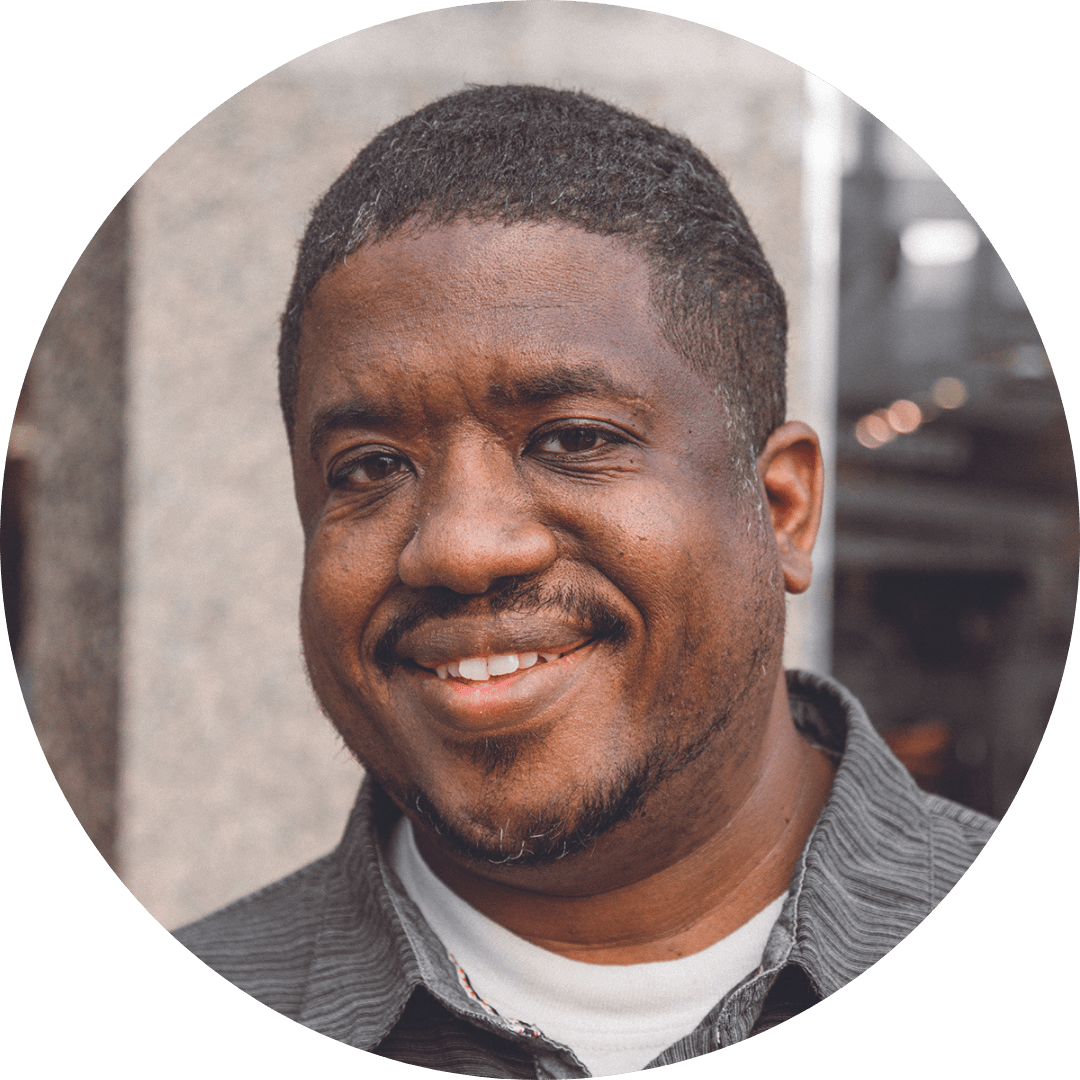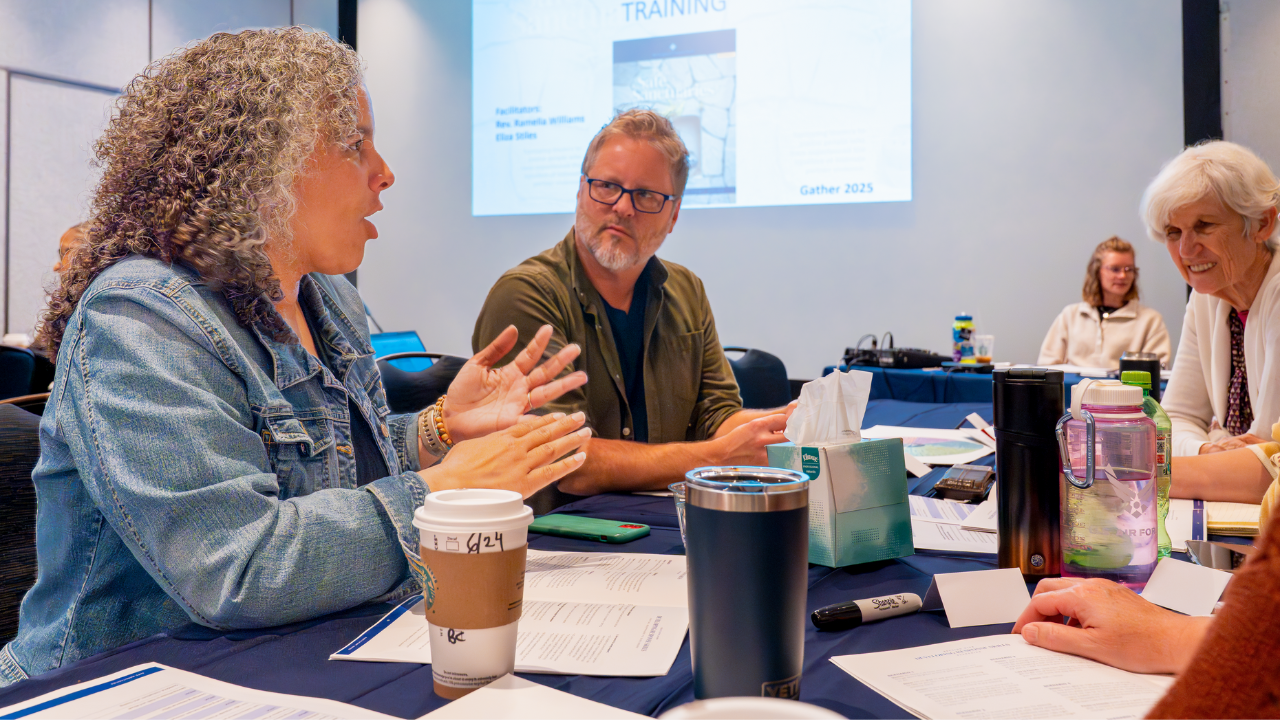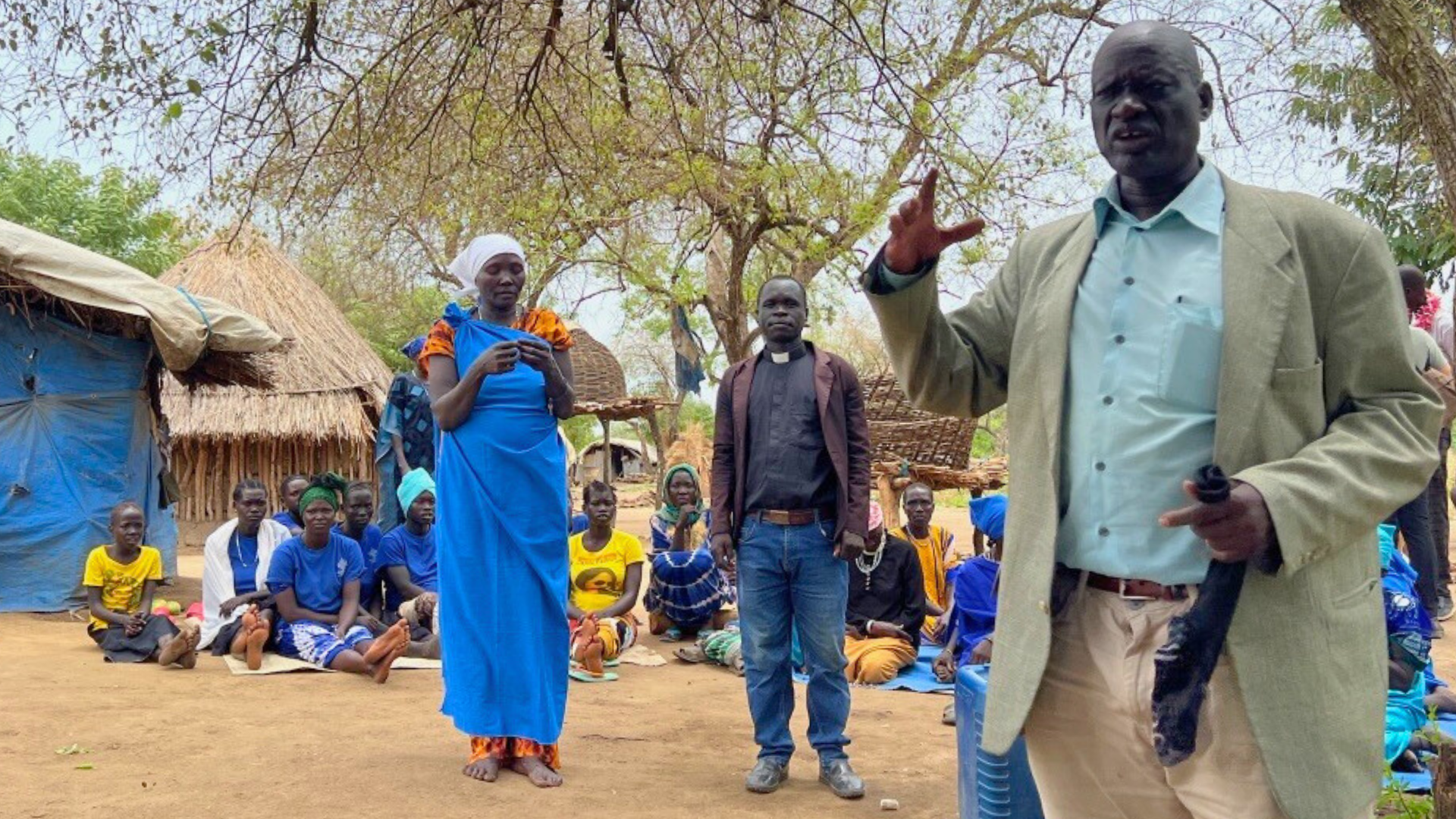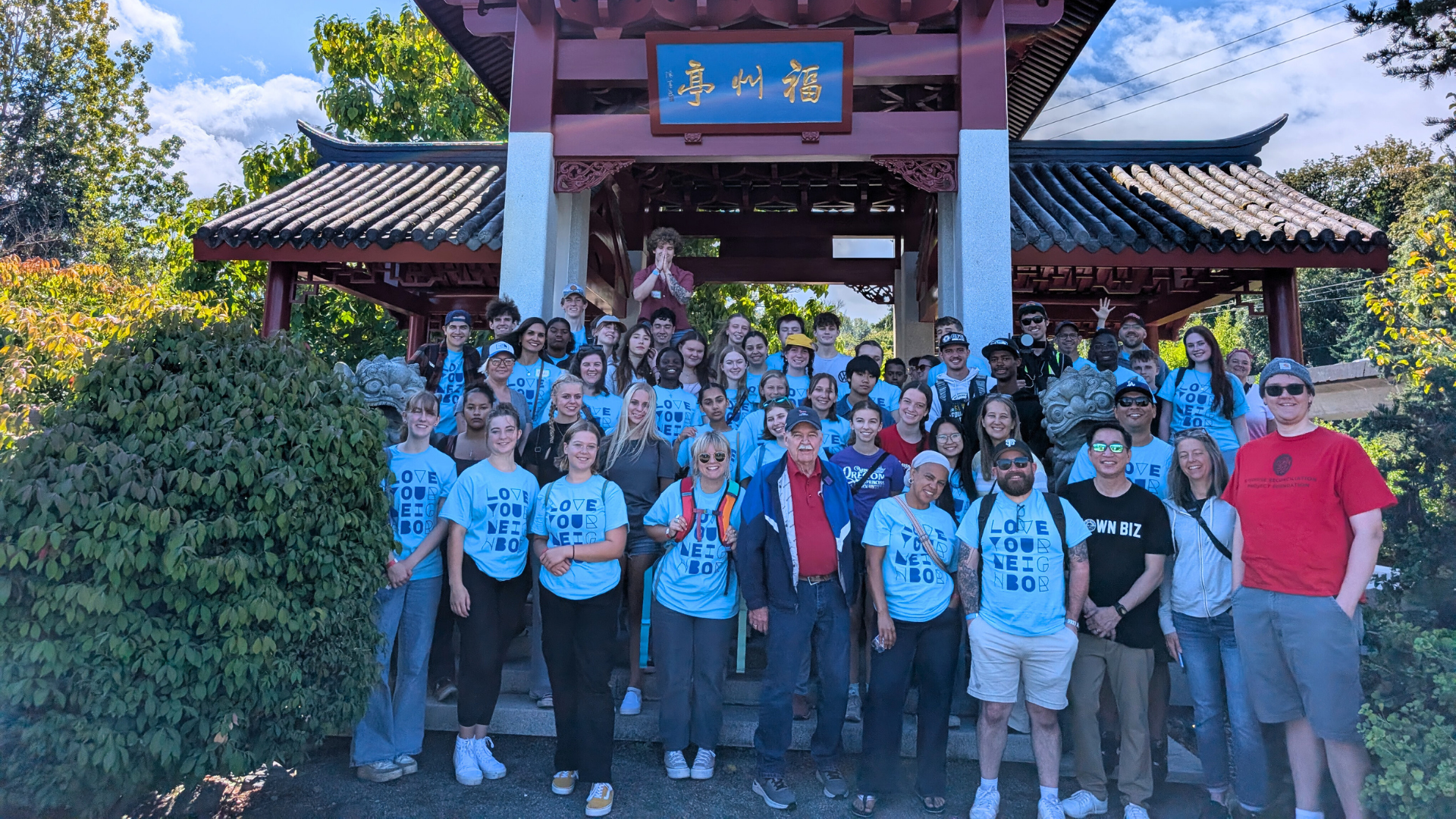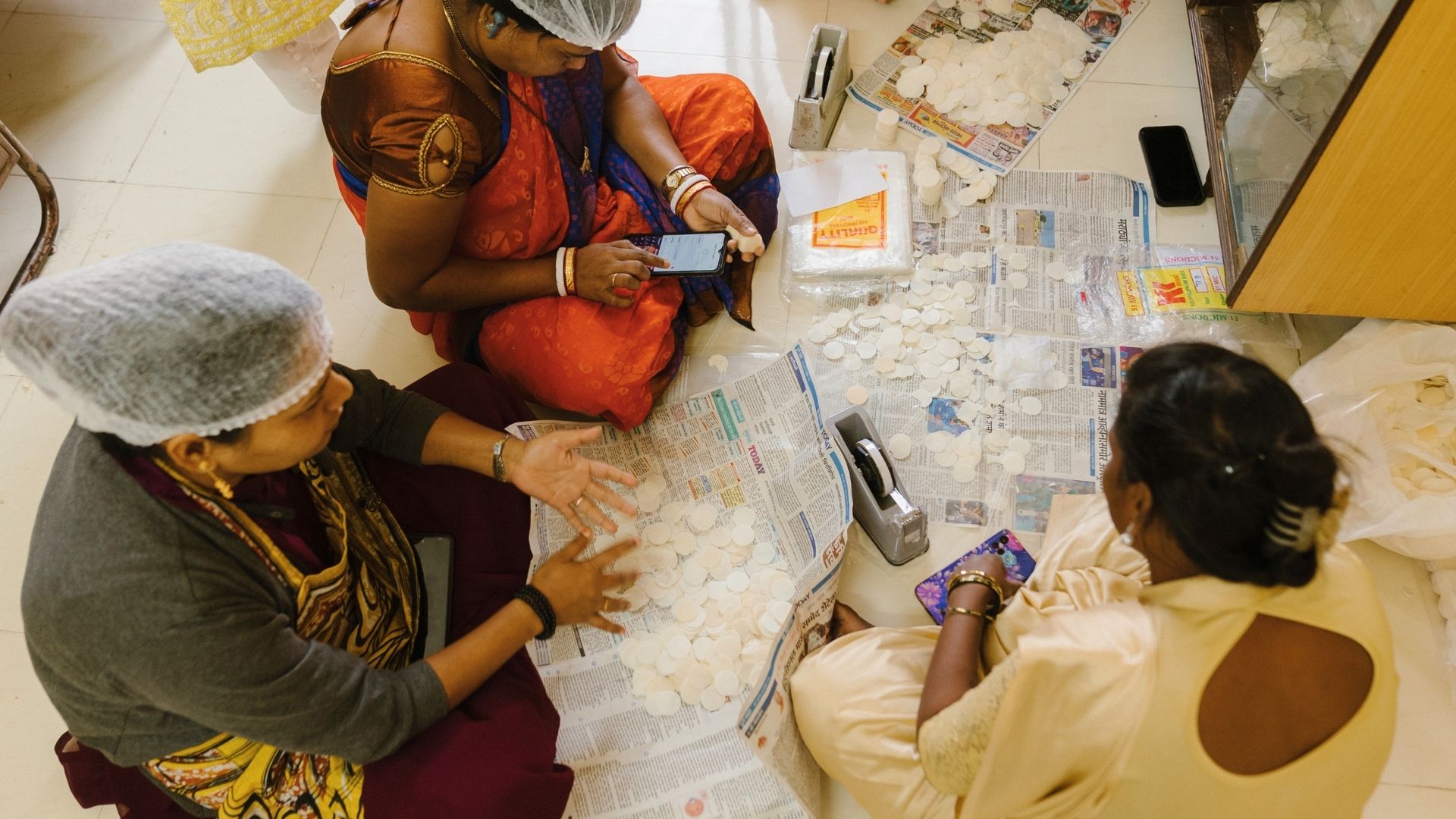It’s a sad cliché that ministry can be lonely. Recent Barna research reveals that 65 percent of pastors report feelings of loneliness and isolation, with 18 percent admitting these feelings occur frequently. In an era when evangelicals sometimes embrace the image of the solitary “lone wolf” leader, striving against insurmountable odds, the Covenant maintains a commitment to communal accountability and health for leaders.
One expression of this commitment is through the often-unseen work of the Leader Health and Development Team (LHDT). This team uses a collaborative structure designed to share resources, identify developing trends, and simplify pathways to care for and support Covenant ministers. It originated several years ago as a project spearheaded by Rev. Terry Marks, who was then a manager in Ordered Ministry. It was formalized under its current name six or seven years ago under the direction of Rev. Lance Davis, then executive minister of Develop Leaders and the Ordered Ministry. Today, working with Herb Frost, executive minister of Serve Clergy and Ordered Ministry, the team is led by Rev. Karen Ingebretson, director of pastoral support and financial health for Serve Clergy, and is composed of staff, or a designee, from nearly every conference who are tasked with caring for pastors. Meetings happen mostly online each month, with occasional in-person gatherings.
Rev. Hollis Kim served the Northwest Conference for many years as director of pastoral care and development and was one of the early contributors to the LHDT. He says the group functions as a learning and practice community where members “create best practices, are peer consultants, and encourage each other.”
The primary focus of the LHDT is the sustained health and development of Covenant leaders. This mission is anchored in a theological definition of pastoral health created collaboratively by Serve Clergy, the , and the LHDT: “In faithfulness to God’s call, a healthy pastor is a disciple of Jesus, attending to the dynamic integration of character, competence, constancy, and connection in all dimensions of life.”
The team seeks to engage in proactive care. A significant impetus for the group is asking, “How do we get ahead of pastors burning out, flaming out, struggling in their work?” according to Ingebretson. She adds that many pastors lose their sense of being a disciple because they’re attempting to run their ministries, “trying to wear 100 different hats.” The LHDT seeks to reinforce and support a minister’s identity as a disciple of Jesus first and foremost. Hollis Kim made a similar point, emphasizing that the team aims to equip leaders along the entire ministerial continuum from start to finish, not just in crisis moments. When difficulties arise, the hope is that pastors supported by LHDT members would already possess the resources and relationships to navigate tough seasons of ministry.
Frost said, “The Leader Health and Development Team is a place where the denomination and the conferences work together to foster the well-being of the local church leaders in the Covenant. The opportunity to share current and regarding care for clergy leaders is truly invaluable.”
As president of the Covenant Chaplain Association, Rev. Ken Morse participates in the LHDT, ensuring that the unique needs of chaplains, who make up about 12 percent of credentialed Covenant pastors worldwide and operate in high-trauma contexts, are represented. Because of their placements in locales around the world and their proximity to military or law enforcement personnel, chaplains experience a unique version of exhaustion as a result of sustained hypervigilance that people call “the thousand-yard stare,” Morse says. He sometimes referred to his 27-mile commute home after work as “transitioning from Jungle Fighter mode…it’s like going from Rambo to Romeo.” Chaplains, especially, are vulnerable because they often process their trauma privately, maintaining “a vault that all these hurtful, shocking things go into,” to prevent their loved ones from absorbing it. Eventually, he settled into a routine where he would tell his wife he needed 10 to 15 minutes to putter around in the garage in order to transition from his day and prepare to be fully present.
Morse says that people in all areas of ministry need others who can process uncomfortable thoughts, ideas, or experiences—what he calls “a 3:00 in the morning friend,” or someone to call when your spirit is troubled. When I asked him if he found such friends in the LHDT, he didn’t hesitate: “Absolutely, yes.”
That kind of peer support is by design, according to Ingebretson. She says people working at the conference level often lack their own spaces for support because their crises are, by necessity, confidential. The LHDT provides a layer of support for those supporters, offering connection and resources to prevent their own isolation as they do the same for the pastors under their care.
Rev. Barbara Ettinger, former associate superintendent of the East Coast Conference and part of the roster of Covenant pastoral coaches, is a founding member of the LHDT and describes it as a profound synergy that results from members collaborating, comparing notes, and learning from each other. She says the LHDT is a haven for creative cross-pollination; if one conference creates a useful resource, such as a framework for conducting pastoral staff reviews, it is shared with the entire LHDT, allowing local leaders to resource their pastors more effectively. Ettinger says that in her experience, many church chairs lack the expertise to conduct robust annual check-ins, leading to ambiguity, where a pastor “might not know that there’s a problem until there’s a problem.” Because of the LHDT, Ettinger says several churches in her conference were able to implement tools to proactively check in on the well-being of their pastors.
Conversations within the LHDT have also driven broader denominational work. According to Ingebretson, discussions around pastoral isolation eventually led to the “Walking Together” grant, which provides funding to help pastors form their own supportive cohorts. The team also functions as an “ear to the ground” for denominational leadership, directly influencing events like Midwinter by framing programming around Covenant wisdom sayings like, “How goes your walk?” and similar commitments to communal accountability. Morse believes the Covenant, aided by groups like the LHDT and resources like the Midwest Ministry Development, is exceptional in its commitment to pastoral health.
“For me in coaching, we’re not designed to get to clarity alone,” says Ettinger. “We’re not designed to live alone. We’re not designed to lead alone. We are not designed to get to God’s fullness alone. We are literally designed for community.”



